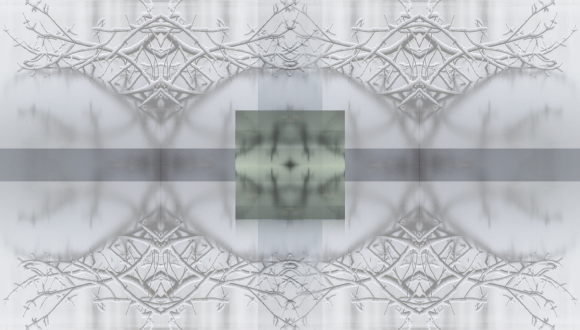I have just spent half a year re-reading much of Jung’s work, in order to gain a more integrated perspective on his principal ideas.
There is a reason why this is a sensible thing to do. Of course, I take it that Jung’s work has enough substance and relevance to be still of value today. (Anyone who doesn’t agree with that would simply ignore Jung entirely, or relegate him to a footnote in history books.) But that is not what I mean. There are many authors who have introduced important ideas, and still we don’t need to study their entire body of work: we just read one or two main essays, or a summary of their contribution in a textbook or encyclopedia. But with Jung, we somehow have to: if we were to just pick one or two ideas, and ignore their connections with the whole of his thought, we get seriously half-baked notions and misrepresent what Jung really wanted to say. (One example is the notion of the shadow; some other, half-baked contemporary notions derived from Jung’s ideas have been stringently criticized by Hillman, such as that of the Anima, in the eponymous study, or that of dream symbols, in UE 4; the list could be easily extended.) So why is that?

Part of the reason is that Jung’s work, in fact, is an integrated whole of principal ideas, a Gedankengebäude. That’s what he tried to construct, and what he attempted to present in each of his major works. Each of the books present it under a different aspect, of course, and clearly there has been some change and development between his earlier works and the later ones: principal ideas have been reformulated, gained or lost prominence, and in some cases experienced subtle meaning changes. But each of the books nonetheless presupposes an underlying theory where all the principal ideas exist, and in an interconnected way. Jung’s body of work, therefore, is best studied in the way we read major philosophers, such as Plato or Kant, rather than in the way we consume today’s academic output — where an author may contribute in the form of various specialized (and rather loosely connected) papers, sometimes to this area and sometimes to others.
Again, I take it that Jung’s work, taken as a Gedankengebäude in this manner, merits the effort. (Anyone who doesn’t agree with that might simply write a refutation which demonstrates that a Jungian view is inconsistent, incoherent, and the like.) But there’s more to it.
Jung’s work is in an interesting way both a philosophy (an interconnected and integrated system of ideas) and at the same time a psychology. It is a psychology, moreover, not just in the trivial sense that its subject matter are “psychological phenomena” (such as thoughts and emotions, percepts and memories, intentions to act and involuntary behaviors, dreams and trances, and so on). It is a psychology in the sense of a philosophy of psychology: a reflection on what the psyche fundamentally is, how to best formulate notions that we use to describe and understand “psychological phenomena”, and how to conceive of the interconnections between such notions. Jung’s principal ideas are essentially psychological ideas, in a very ambitious sense. Hillman has put it well:
By psychological ideas I mean those that engender the soul’s reflection upon its nature, structure, and purpose. Unlike such terms as intelligence, behavior, motivation, reinforcement, Freud’s and Jung’s ideas of depth psychology are internal to the psyche. They are less about man and his functioning and parts than about soul and its functioning and parts. […] True psychological ideas circulate within a psychic field, arising from the psyche and returning to it. They self-reflect. (RVP 117.)
(And one might add to this description that truly philosophical ideas have the same characteristic as well — and have been treated as such in centuries of philosophical thought.)
This, then, is the best reason I can give for approaching Jung’s body of work in the way I’m currently doing: as a Gedankengebäude, an integrated whole of principal psychological ideas. And studying it like this is, in many ways, quite rewarding. There is, however, a subtle yet quite obstinate problem that keeps coming up.
[This line of thought is continued here.]



